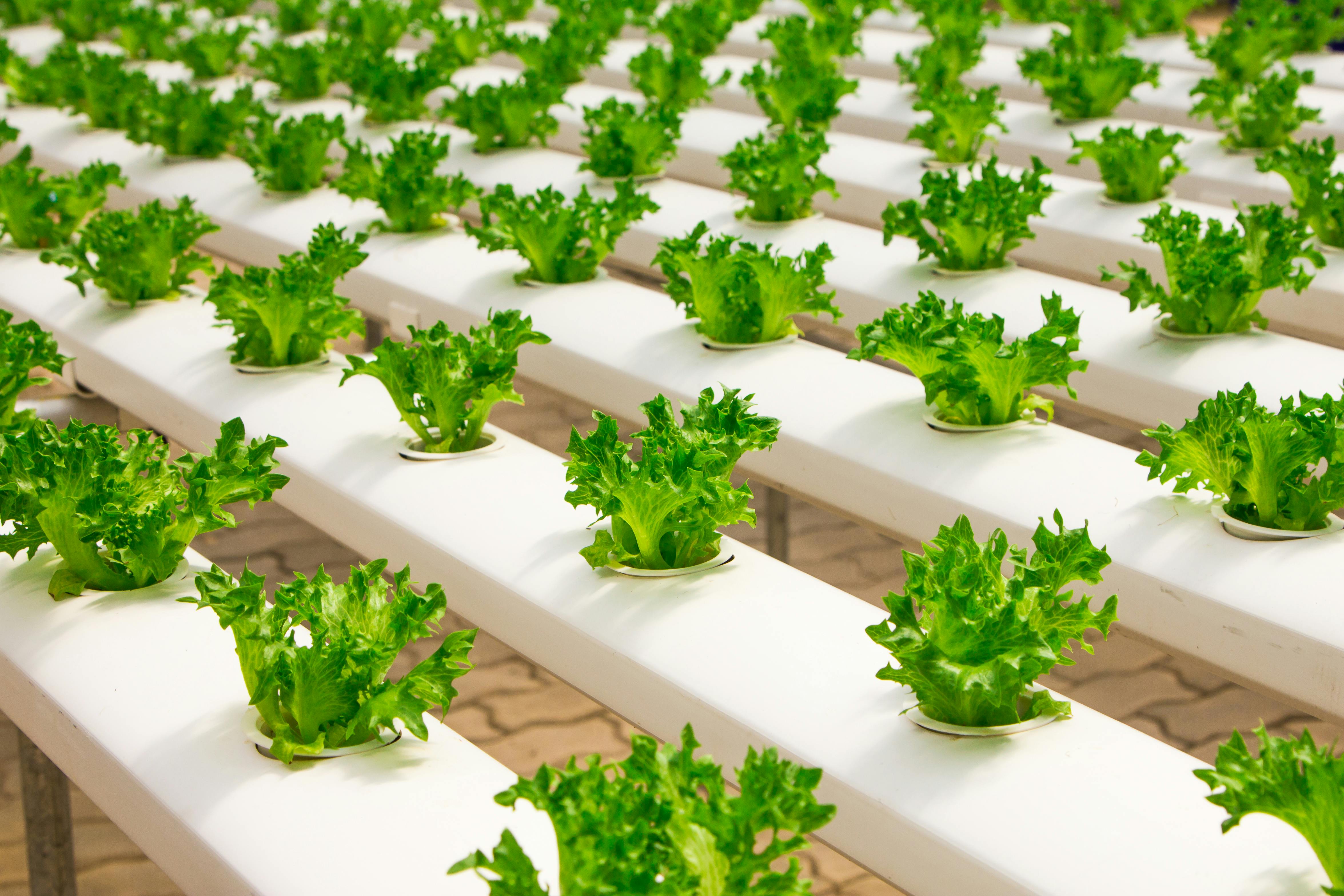Creating a vertical vegetable garden is an excellent way to make the most of limited space. It’s also great for adding visual interest to your outdoor space. With a bit of creativity and some basic tools, you can create a thriving vertical vegetable garden that will provide you with plenty of tasty produce. In this guide, we’ll provide you with all the steps you need to take in order to build your own vertical vegetable garden.Planning for a vertical vegetable garden is a great way to maximize the space available in your garden and make the most of it. Here are some steps to help you get started:
1. Choose the location: Consider the amount of sunlight, water, and wind that the area receives and select an appropriate spot for your vertical garden. Make sure it is close enough to a water source for easy access.
2. Gather materials: You will need some kind of structure or frame to hold your plants, such as wood or metal trellises, or even PVC pipes or chicken wire cages. You
Gather Essential Materials for the Vertical Garden
Creating a vertical garden can be an exciting and satisfying project. To make sure that the project is successful, you will need to gather all of the essential materials beforehand. There are a few key items that are needed to build a strong and effective vertical garden.
The first thing to consider is what type of structure will be used. The most popular structures are wooden frames, wall-mounted planters, or trellis systems. Depending on the soil and plant types being used, one of these structures will be necessary to
Choosing an Ideal Location for the Vertical Vegetable Garden
Building a vertical vegetable garden is an excellent way to maximize space and beautify your outdoor area. When it comes to finding the ideal location for your vertical veggie garden, it is important to consider sunlight, water access, and wind protection.
Sunlight is essential for vegetables to grow, so you’ll want to choose a spot that gets at least six hours of direct sunlight per day. If you live in an area with hot summers, you may want to choose a spot
Prepare the Soil for Planting
Preparing soil for planting is an important part of successful gardening. It is necessary to assess the soil, amend it if necessary and make sure it is in the best condition for your plants to thrive.
The first step in preparing your soil is to test it. Testing will tell you what type of soil you have, and also its nutrient content. This will help you determine what amendments should be added to improve fertility and texture.
Once you know the type
https://images.pexels.com/photos/4245537/pexels-photo-4245537.jpeg
Assemble the Structure of the Vertical Vegetable Garden
Assembling a vertical vegetable garden is a great way to maximize growing space and make the most of your gardening efforts. With a few simple steps and materials, you can create your own vertical vegetable garden that will provide you with delicious vegetables for years to come.
The first step in assembling your vertical vegetable garden is to select the type of structure you would like to use. You can choose from a variety of options, such as hanging baskets, trellises, or even

Filling the Structure with Soil
Once you have built the structure for your raised bed garden, it is time to fill it up with soil. When selecting soil for your garden, make sure to choose a high-quality soil that is well-draining. To ensure optimal drainage, add some compost or other organic matter to the soil. This will help to retain moisture and provide essential nutrients for your plants.
Before filling your raised bed structure, lay down a layer of landscape fabric on the bottom of the
Installing an Irrigation System in Your Vertical Garden
Installing an irrigation system in your vertical garden is a great way to ensure that your plants get the water they need without having to worry about manually watering them. An irrigation system can be installed quickly and easily, and it will provide your plants with the consistent water supply they need to stay healthy and thrive. Here are some tips for installing an irrigation system in your vertical garden.
The first step is to determine which type of irrigation system you want to install. There are many different types of systems available
Understanding Different Types of Irrigation Systems
Irrigation systems are an important component of any farming or agricultural operation. They provide a means to deliver water, nutrients, and other essential elements to crops or grasses in an efficient and controlled manner. There are numerous types of irrigation systems available for agricultural use, each with its own advantages and disadvantages. This article will discuss the different types of irrigation systems, their benefits and drawbacks, and how they can be utilized most effectively.
The most common type of irrigation system is surface irrigation, also

Conclusion
Building a vertical vegetable garden is a great way to maximize space, save time, and enjoy homegrown produce. While vertical gardens can require some planning and preparation, the end results are well worth the effort. The best way to start is by researching the type of plants you would like to grow and making sure that you have all of the necessary supplies. Once you have everything in place, it is just a matter of following instructions for assembly and planting your vegetables in your new vertical garden. With regular maintenance and care, you can enjoy a bountiful harvest of fresh vegetables all
